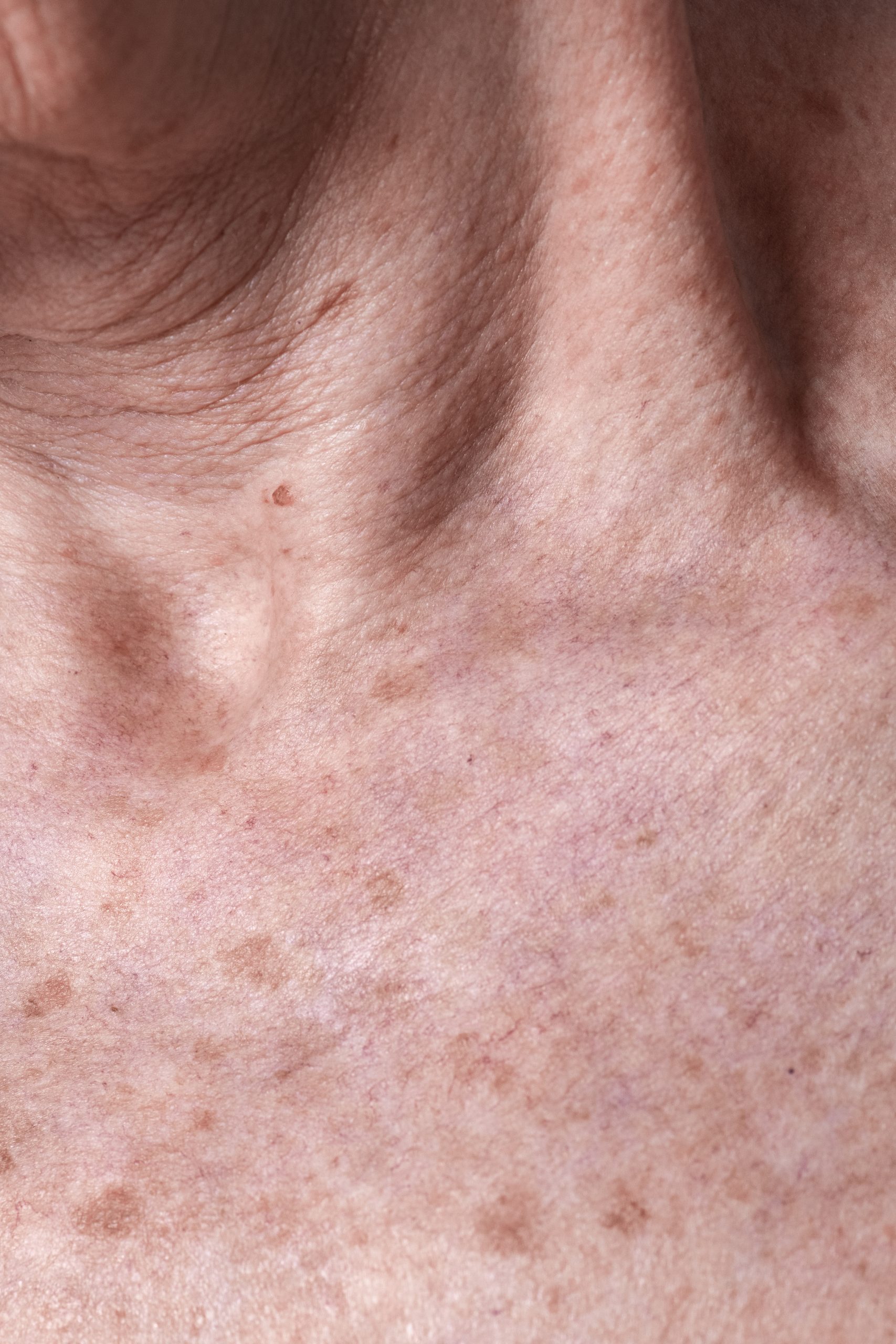Melasma is a common skin condition that causes brown or gray patches on the skin,
especially on the face. In this blog post, Dr Ishmeet Kaur and Dr Deepak jakhar will explore
the various causes of melasma, its symptoms, and available treatment options. Whether
you are dealing with melasma yourself or just interested in learning more about the
condition, this post will provide you with valuable information on how to manage and treat
it.
What is Melasma?
Melasma is a skin condition that results in brown or gray patches on the skin, typically on
the face, says Dr Ishmeet Kaur. The condition is more common in women than men and
often occurs during pregnancy or when taking birth control pills, elaborates Dr Deepak
Jakhar. Other risk factors for melasma include genetics, sun exposure, and certain
medications.
Symptoms and Signs
Melasma usually appears on the forehead, cheeks, and upper lip, but can also occur on
other areas of the body that are exposed to the sun. The patches are often symmetrical and
have an irregular shape. They can vary in size and color, from light brown to dark gray. In
some cases, melasma can be itchy or tender to the touch.
Triggers
Melasma can be triggered by several factors, including hormonal changes, sun exposure,
and certain medications. Women who are pregnant or taking birth control pills are more
likely to develop melasma due to changes in their hormones. Sun exposure is also a
significant trigger for melasma, and individuals with darker skin tones are more susceptible
to developing the condition. Certain medications, such as those used to treat thyroid
disorders, can also trigger melasma.
Treatment Options
There are several treatment options available for melasma, including topical creams,
chemical peels, and laser therapy. Topical creams such as hydroquinone, tretinoin, and
corticosteroids can help lighten the skin and reduce the appearance of melasma. Chemical
peels and microdermabrasion are also effective in treating melasma. Laser therapy is
another option that can be used to remove pigmentation in the affected areas.
Prevention
Preventive measures can help reduce the risk of developing melasma or minimize the
severity of symptoms. Use a broad-spectrum sunscreen with an SPF of 30 or higher daily,
even on cloudy days. Wear a wide-brimmed hat and sunglasses to protect your face from
the sun. Avoid hormonal medications or supplements, as they can trigger melasma.
Practicing stress-reducing activities, such as meditation or yoga, can also be helpful in
managing melasma.
Lifestyle Changes
Making lifestyle changes can also help manage melasma. Eating a healthy diet rich in fruits
and vegetables can provide your body with the nutrients it needs to maintain healthy skin.
Avoid smoking and excessive alcohol consumption, as they can damage the skin and
exacerbate melasma. Getting enough sleep is also crucial, as it allows your body to repair
and regenerate skin cells.
Conclusion
Melasma is a common skin condition that can be managed with the right treatment options
and preventive measures. If you are struggling with melasma, you can contact Dermosphere
Clinic to determine the best course of treatment for you. Remember to take care of your
skin by practicing sun safety and adopting a healthy lifestyle. With these tips, you can help
reduce the appearance of melasma and enjoy healthy, radiant skin.
Disclaimer: The information provided on this medical blog is intended for educational and
informational purposes only. It is not a substitute for professional medical advice, diagnosis,
or treatment.


